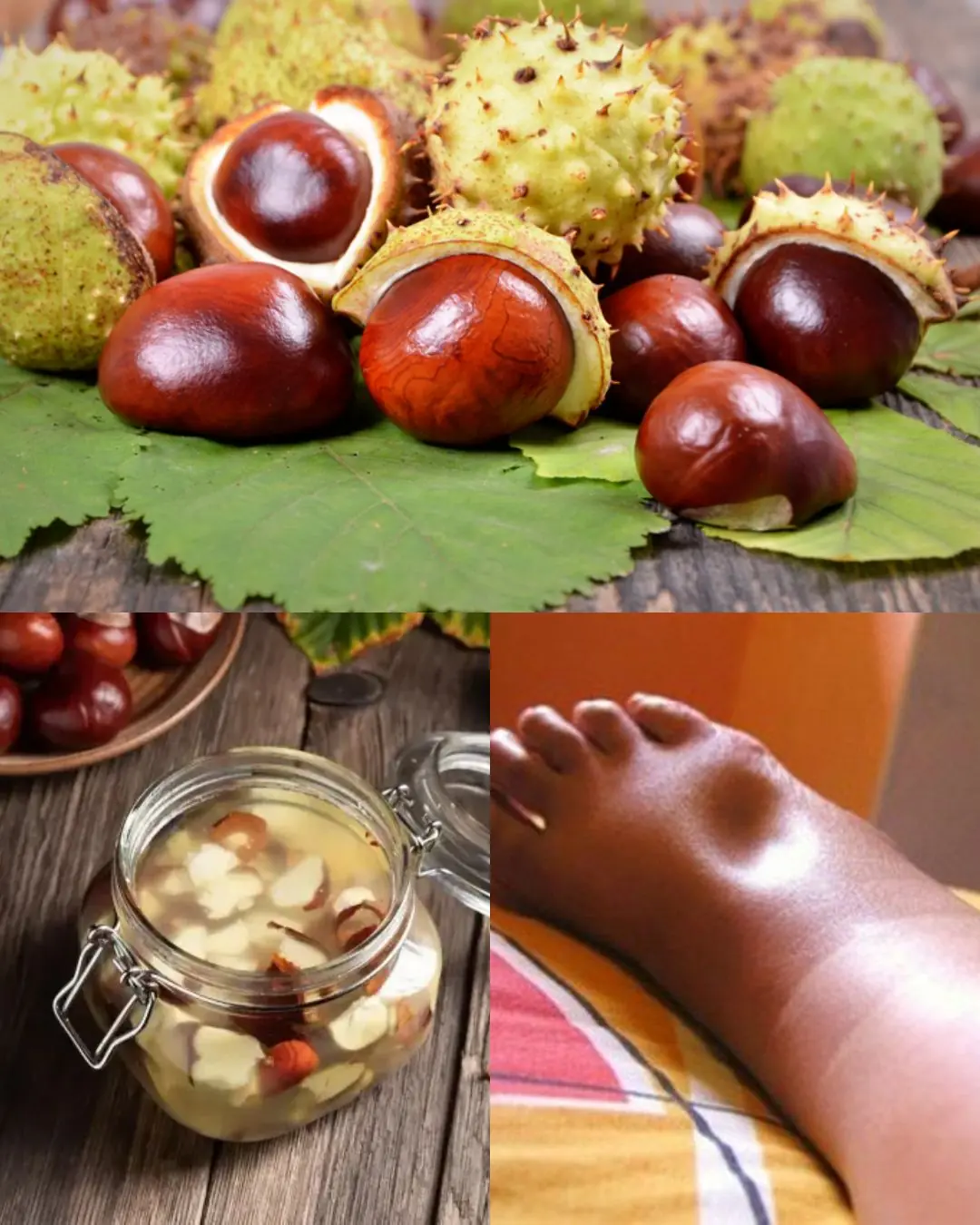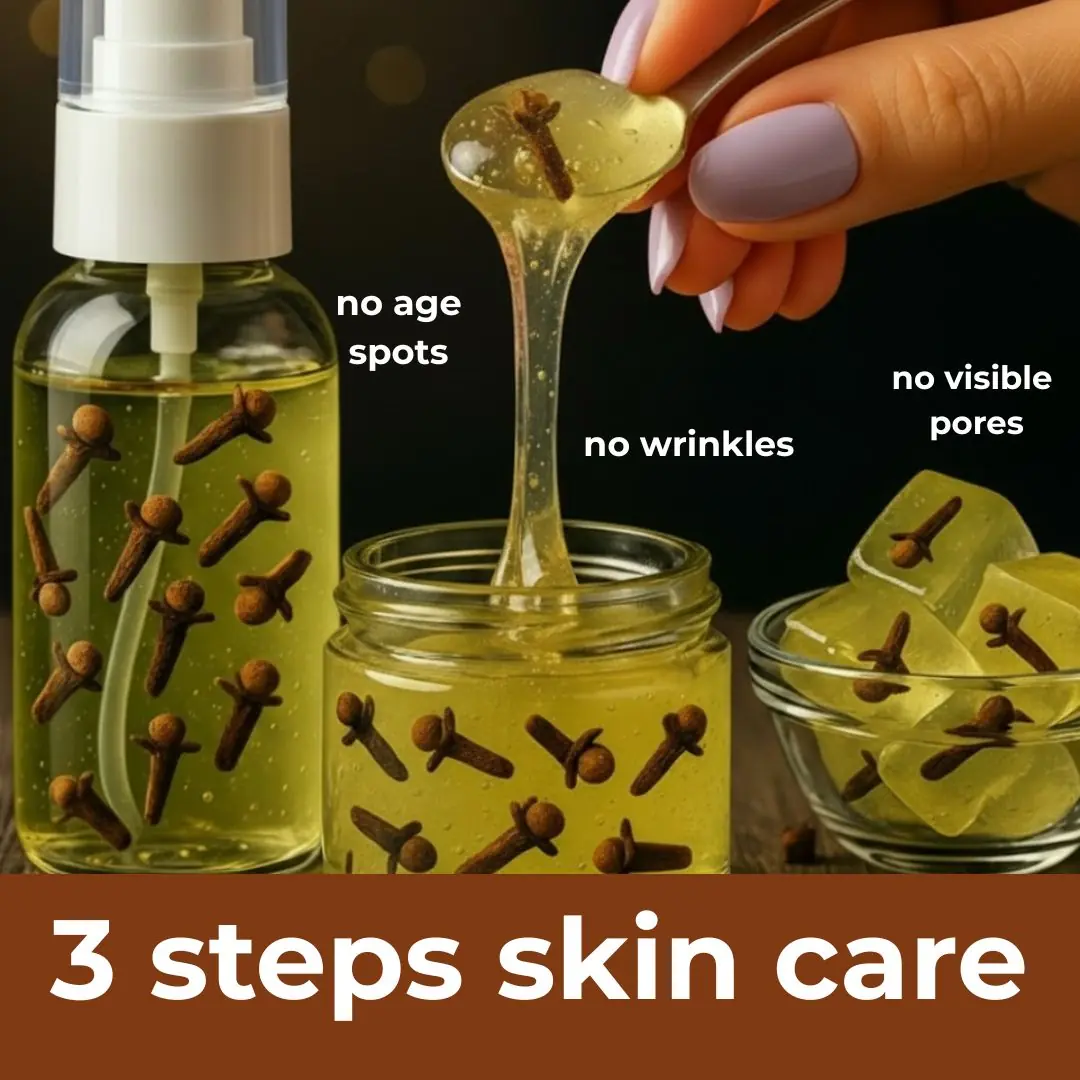
Help! My 8-year-old was bitten by this strange bug, and I’m really worried. My sister-in-law nearby has seen similar ones. Any idea what it is?
As a parent, it’s only natural to feel anxious or even alarmed when your child is bitten by an unfamiliar bug. The unknown can trigger worry — especially when it comes to your child’s safety and health. Fortunately, most insect encounters, including those involving earwigs, are far less dangerous than they appear.In this article, we’ll take a closer look at what earwigs are, what happens if they bite, how to treat a bite at home, and when to seek medical attention. With the right information, you can stay calm, handle the situation confidently, and help your little one feel comfortable again.
🪳 Identifying the Bug: What Exactly Is an Earwig?
Earwigs are small, slender insects belonging to the order Dermaptera. They typically measure between 1/4 and 1 inch in length and can easily be recognized by their elongated bodies and distinctive pincers (forceps) at the end of their abdomens. These pincers may look intimidating, especially to children, but they’re mostly used for self-defense or catching prey — not for biting humans.
A few key facts about earwigs:
-
They are nocturnal and prefer dark, damp places, such as under rocks, mulch, or garden pots.
-
They sometimes enter homes through cracks or gaps, especially during warm or wet weather.
-
Despite myths, earwigs do not crawl into people’s ears — the name is misleading!
-
Most earwigs are harmless to people and pets and are actually beneficial for gardens because they feed on decaying plant matter and small pests.
Understanding their behavior can help parents feel reassured that these insects are more of a nuisance than a danger.
👶 Symptoms of an Earwig Bite in Children
Although earwigs have pincers, they rarely use them on humans. If they do, the pinch may cause momentary discomfort but is not venomous or medically serious.
Typical symptoms include:
-
Mild redness or a small pink spot
-
Slight swelling or tenderness
-
A brief sting or pinch-like pain
-
Itchiness or irritation that fades within a few hours
Children may become upset or frightened by the experience, so it’s helpful to calmly explain what happened — that the bug looks scary but isn’t harmful. The symptoms usually disappear quickly, often within a day.
However, every child’s skin reacts differently. Sensitive skin may appear more inflamed, so keeping an eye on the area for any changes is always wise.
🩹 Immediate Steps to Take After a Bug Bite
If you suspect an earwig bite or pinch, here’s what to do:
-
Clean the area thoroughly
Gently wash the skin with soap and cool water to remove any dirt or bacteria. This helps prevent infection. -
Apply a cold compress
Use a clean, damp cloth or an ice pack wrapped in fabric for 5–10 minutes to reduce swelling and soothe discomfort. -
Relieve itching or irritation
-
Apply a small amount of hydrocortisone cream or calamine lotion.
-
For older children, an oral antihistamine (like diphenhydramine) can ease itching if needed — always follow dosage guidelines.
-
-
Discourage scratching
Remind your child not to scratch the bite, as this can lead to irritation or infection. -
Monitor the area
Over the next 24–48 hours, watch for signs of infection such as redness spreading, warmth, or pus. In most cases, none of these occur.
🏥 When to Seek Medical Attention
While earwig bites are almost never serious, it’s important to know when to call the doctor. Seek medical help if your child experiences:
-
Severe or worsening pain
-
Significant swelling or redness spreading beyond the bite
-
Signs of allergic reaction, such as difficulty breathing, dizziness, hives, or swelling of the lips or eyes
-
Pus, fever, or other signs of infection
These symptoms are rare but can indicate that something other than an earwig caused the bite, or that the wound has become infected. When in doubt, it’s always best to get a professional opinion for peace of mind.
🌿 Preventing Future Encounters with Earwigs
The good news is that earwigs are easy to deter once you understand what attracts them. These insects thrive in moist, sheltered environments, so reducing those conditions around your home will make a big difference.
Here’s how to keep them away:
-
Clean up clutter: Remove piles of leaves, wood, or garden debris.
-
Seal entry points: Repair gaps around doors, windows, and vents.
-
Reduce moisture: Fix leaky pipes, improve drainage, and avoid overwatering garden beds.
-
Use natural repellents: Diatomaceous earth, citrus oil, or light applications of essential oils (like lavender or peppermint) can discourage earwigs.
-
Teach your child awareness: Explain that bugs like earwigs often hide under rocks or logs, so it’s best not to play or dig in those spots without supervision.
These small steps can help you maintain a bug-free and comfortable environment both indoors and outdoors.
💬 Reassuring Your Child
An important part of handling bug bites is emotional reassurance. Children can easily feel anxious after seeing a strange insect or feeling a sudden pinch. Calmly explaining that earwigs look scarier than they are helps reduce fear.
Try saying something like:
“That little bug might have pinched you because it was scared. But it doesn’t have poison, and you’re completely safe. We’ll clean it up, and it will feel better soon.”
Turning the moment into a simple learning experience helps children develop curiosity about nature rather than fear of it.
🧘♀️ Conclusion: Stay Calm, Stay Informed
Finding out your child has been bitten by a strange bug can be unsettling, but knowledge is the best antidote to worry. Earwigs, despite their alarming appearance, are generally harmless and their bites are minor and temporary.
By staying calm, cleaning the area properly, and watching for any unusual symptoms, you can handle the situation safely and confidently. Simple home precautions can also help prevent future encounters.
Remember: most bug bites are harmless, and your composed response will not only protect your child’s health but also teach them how to respond to nature’s little surprises with confidence and curiosity.
News in the same category


Horse Chestnut: The Strongest Natural Remedy for Swollen Legs and More…

These ideas are brilliant

You’re doing it all wrong. Here’s the right way to use baking soda around home

Keeping these 4 things on your bedside table can easily cause insomnia and hair loss

You’re doing it all wrong. Here’s the right way to unclog a drain

Most do this wrong. 10 things that make mold grow faster

How to make bean sprouts without watering, in just over 2 days you will have big, white bean sprouts

The 'immortality' vegetable grows wild in gardens and is extremely good for the lungs, but Vietnamese people dislike its strange smell so they rarely use it.

Eat okra regularly: These are the "golden" benefits that you should not ignore.

They are both peanuts, but the red and white shells have big differences. After reading this, don't buy them randomly again.

The pan has lost its non-stick coating, don't throw it away: If you do this, frying will never break or stick to the pan.

Your oven hood filter is a greasy mess. Effortlessly get it clean like new again

Stop refrigerating these 10 baked goods

Stop refrigerating these 10 breads and pastries

Stop believing these 10 things

Stop wasting time cleaning these 10 things wrong

Stop buying these 10 things thinking they're healthy

Stop using these 10 things wrong
News Post

10 DIY Beauty Cubes for Beautiful & Flawless Skin

You’re doing it all wrong. Here’s the right way to wash pillows

7 Best Ways To Use Lemon For Beautiful Skin

Horse Chestnut: The Strongest Natural Remedy for Swollen Legs and More…

3 Steps Night Skin Care With Cloves

These ideas are brilliant

You’re doing it all wrong. Here’s the right way to use baking soda around home

Keeping these 4 things on your bedside table can easily cause insomnia and hair loss

You’re doing it all wrong. Here’s the right way to unclog a drain

Old Doctor’s Remedy: Almond Milk with Cloves Treats 15 Health Problems in Just 1 Week

Most do this wrong. 10 things that make mold grow faster

Doctors reveal that eating okra causes...

Take lemon and garlic on an empty stomach for 7 days — unclog your arteries

Put these two under your tongue to stop inflammation fast

Eat cloves every day, but avoid this common mistake!

How to make bean sprouts without watering, in just over 2 days you will have big, white bean sprouts

The 'immortality' vegetable grows wild in gardens and is extremely good for the lungs, but Vietnamese people dislike its strange smell so they rarely use it.

Eat okra regularly: These are the "golden" benefits that you should not ignore.
